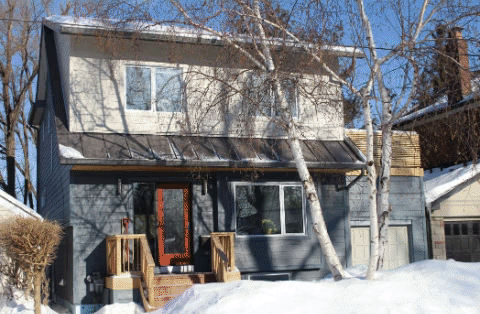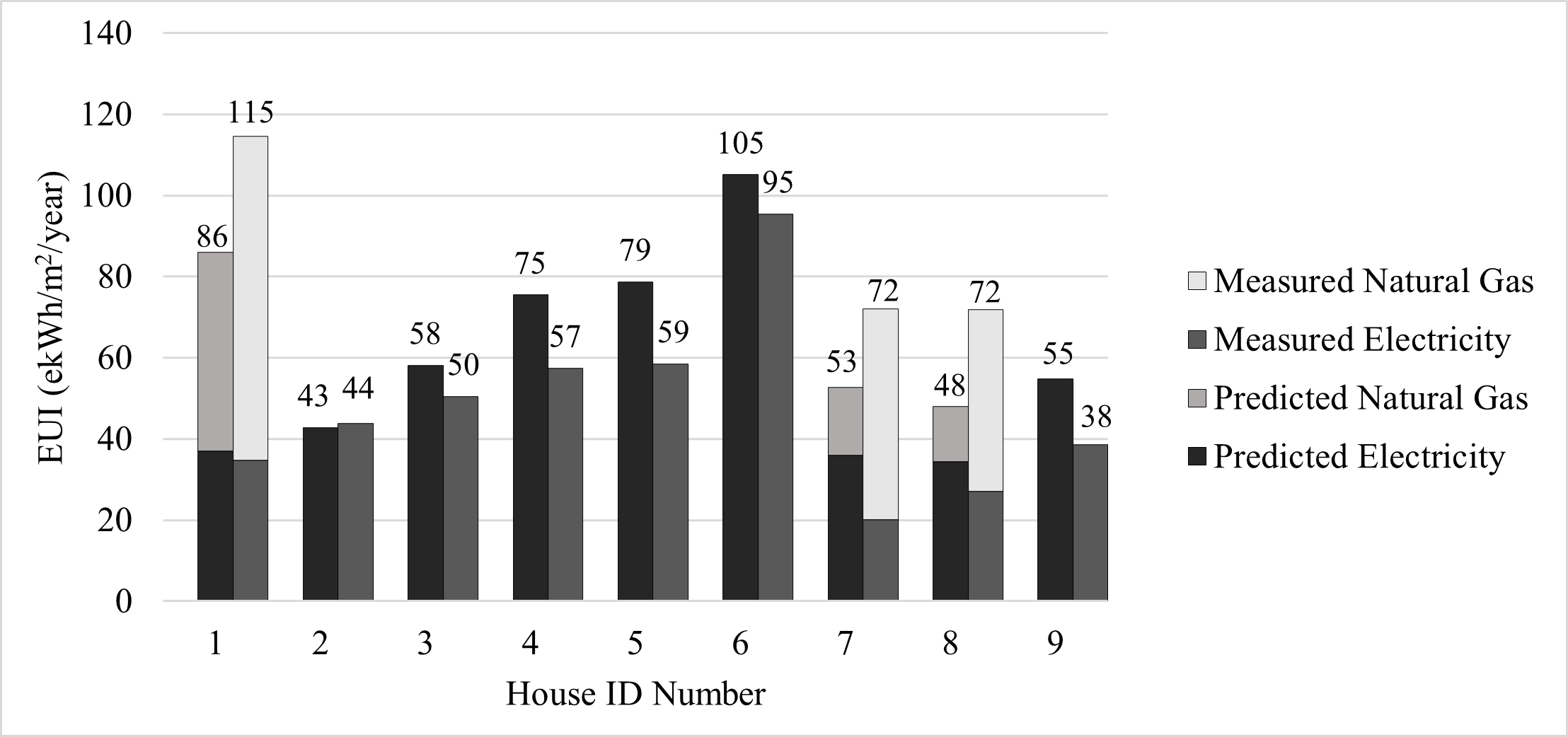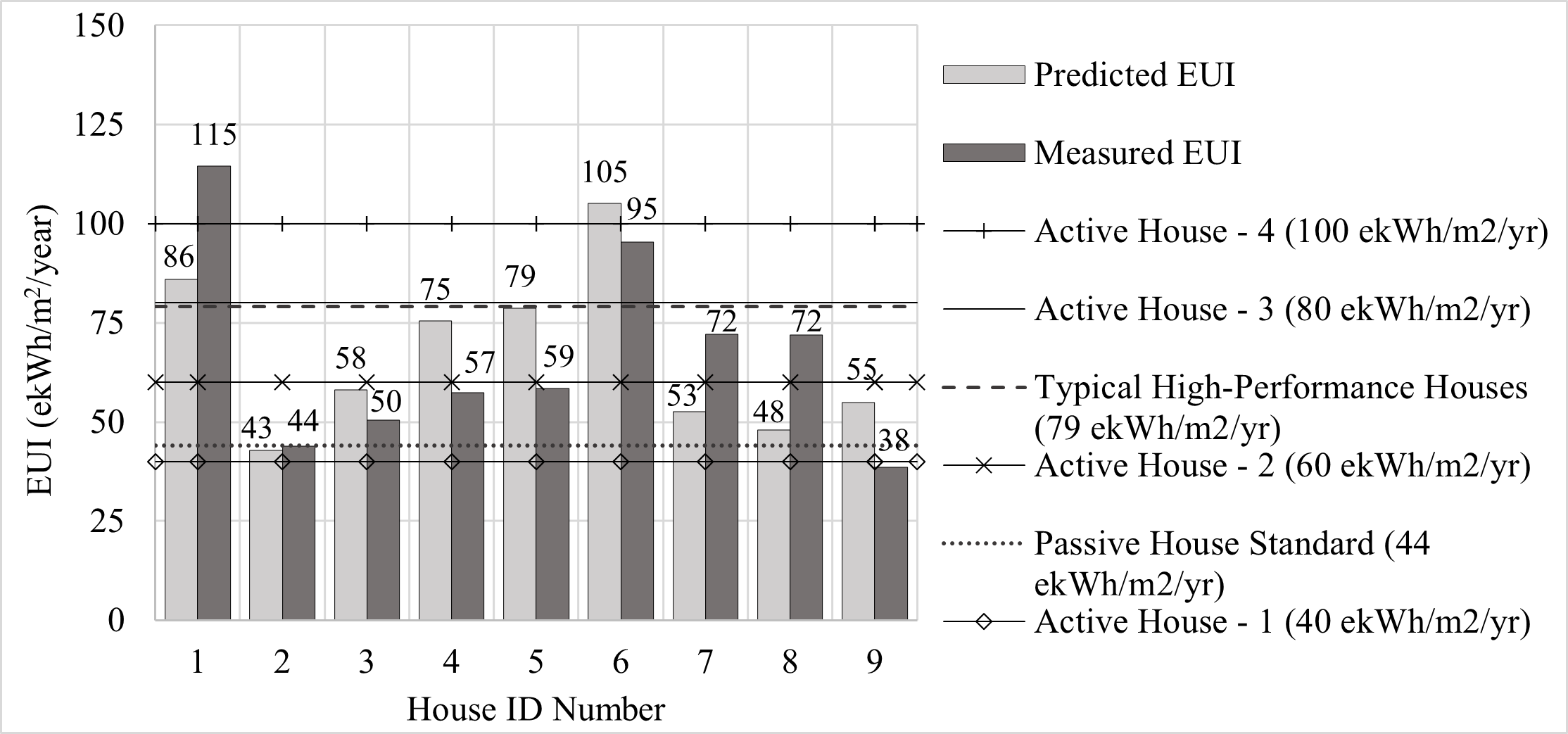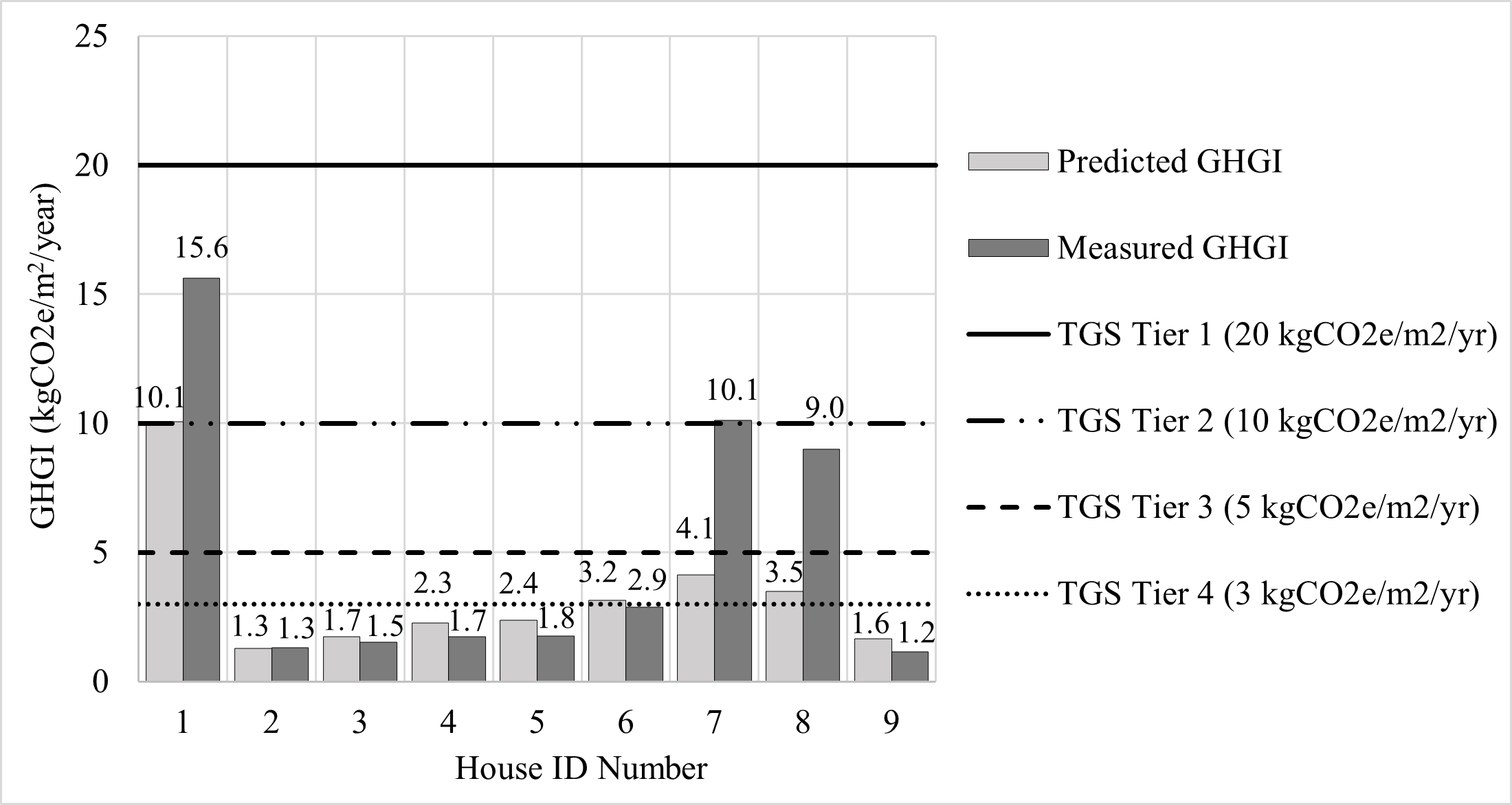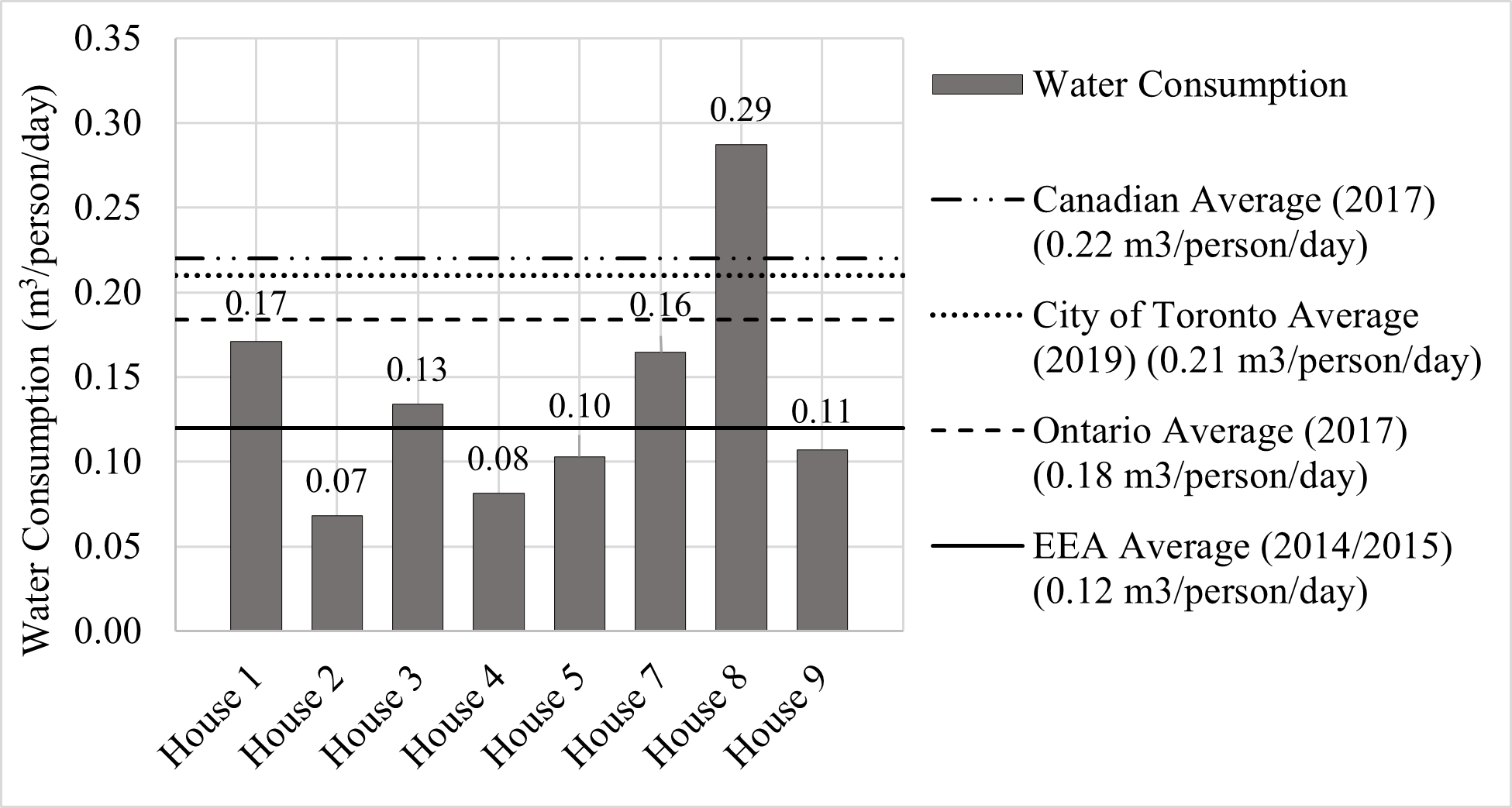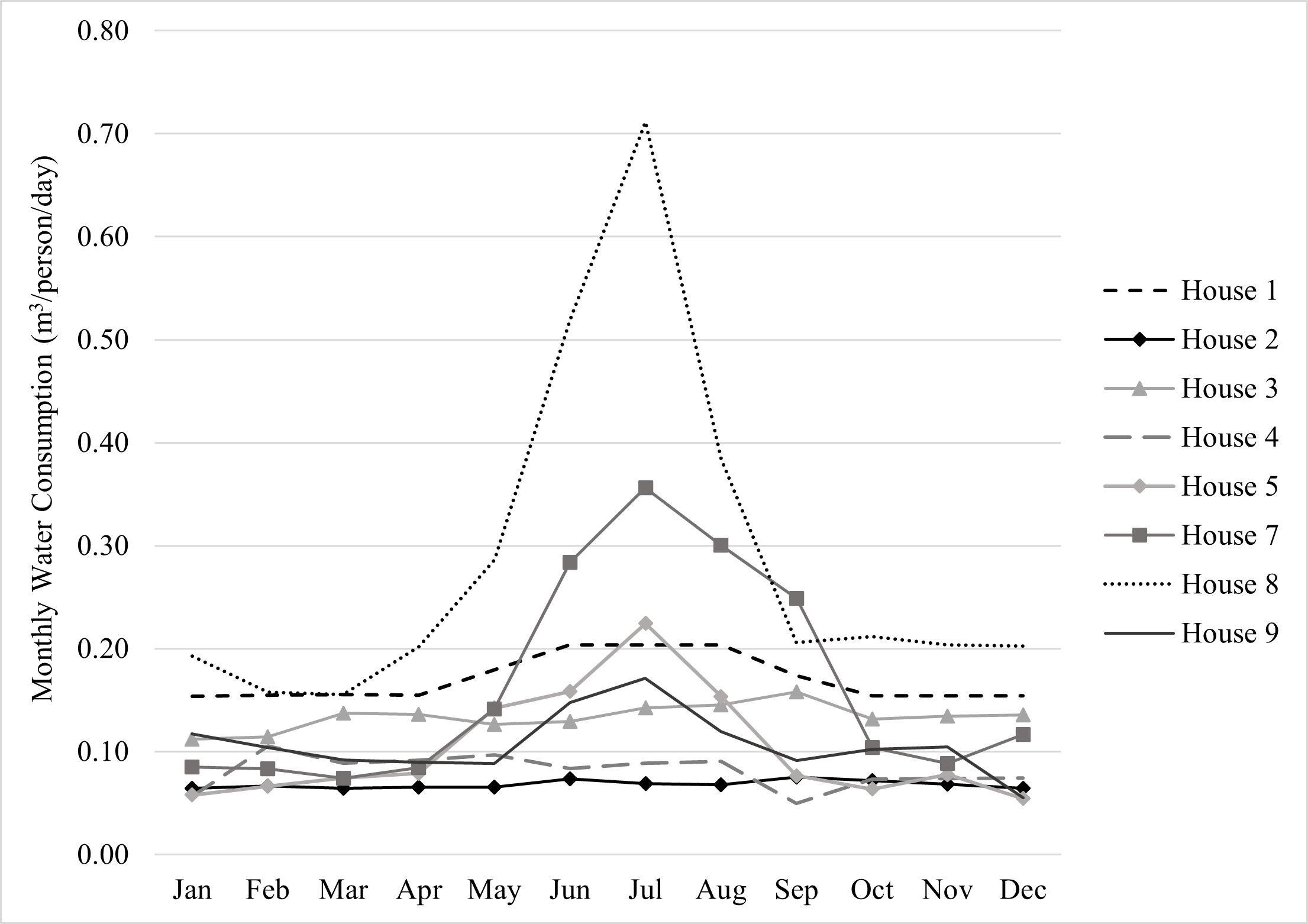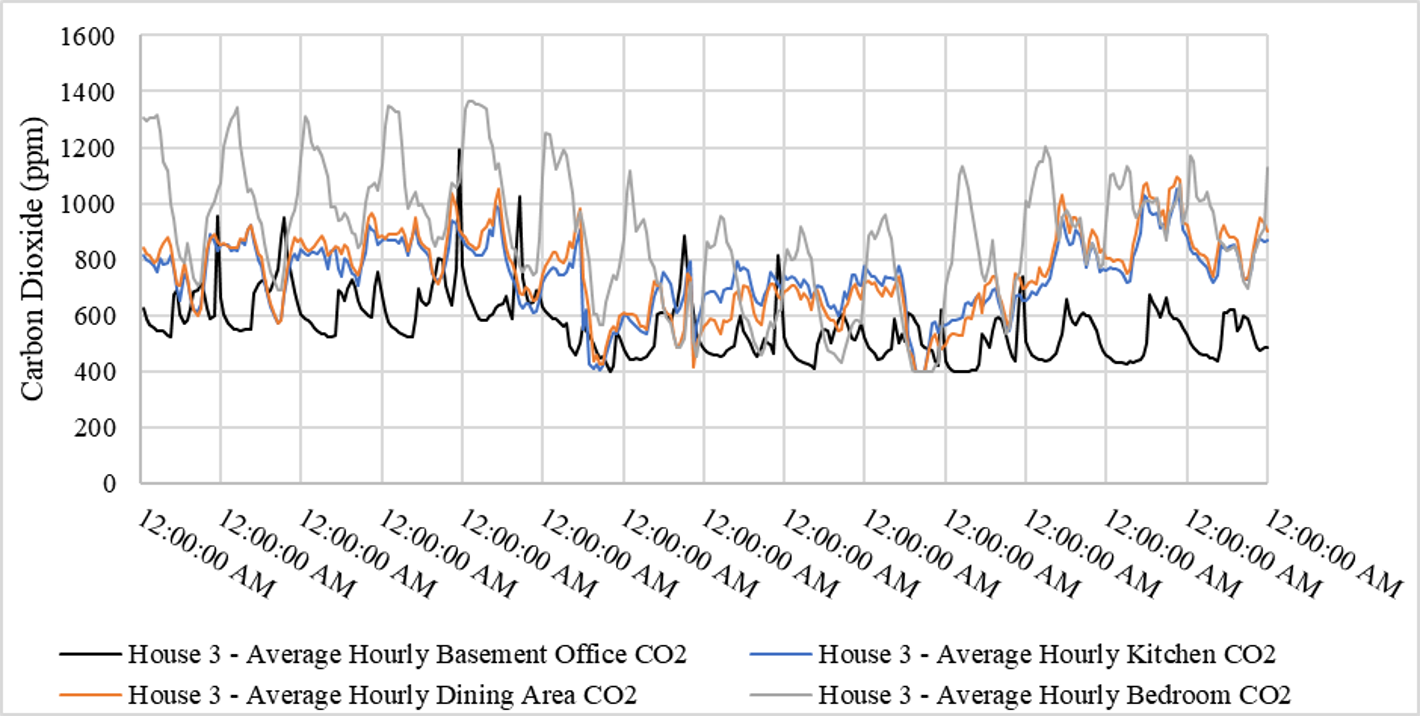BUILDING SCIENCE
Laura Goetz—Alumni Research Award
![]()
Laura Goetz—Alumni Research Award

About the Award
For outstanding research achievement in the area of Building Science.
Quantifying building performance in nine case studies of high-performance houses in Ontario, Canada
MASc Building Science
Supervisor: Dr. Mark Gorgolewski
Context:
Residential buildings have a significant impact on human health and the environment. High-performance buildings aim to minimize this impact; however, research has shown that significant performance gaps between predicted and measured building performance can exist. Evaluations of high-performance single-family residential buildings are rarely conducted and lack a consistent methodology. This study presented and tested a method of building performance evaluation for these buildings. Energy models, engineering drawings, utility data, in-situ testing, and occupant interviews were used to assess the energy and water performance, and indoor environmental quality of nine high-performance houses in Southern Ontario.
Research questions:
Key findings:
Across the housing sample, energy use performance gaps ranged from -30% to +50% of predicted values, however, even houses with overconsumption performance gaps consume less energy than a code-built house. The average measured energy use intensity (ekWh/m2) of a house in the study is 70% less than its conventional counterpart.
Water use intensity (WUI) varied by up to +300% due to differences in occupant behaviour. The average measured WUI (m3/person/day) was 36% less water than the Ontario average consumption.
Results of indoor environmental quality monitoring varied by house, primarily due to differences in occupant behaviour as peaks in measured parameters were primarily attributed to increased activity in the space. Overall, occupants had little to no complaints about the indoor environmental quality of their houses during interviews.
For outstanding research achievement in the area of Building Science.
Quantifying building performance in nine case studies of high-performance houses in Ontario, Canada
MASc Building Science
Supervisor: Dr. Mark Gorgolewski
Context:
Residential buildings have a significant impact on human health and the environment. High-performance buildings aim to minimize this impact; however, research has shown that significant performance gaps between predicted and measured building performance can exist. Evaluations of high-performance single-family residential buildings are rarely conducted and lack a consistent methodology. This study presented and tested a method of building performance evaluation for these buildings. Energy models, engineering drawings, utility data, in-situ testing, and occupant interviews were used to assess the energy and water performance, and indoor environmental quality of nine high-performance houses in Southern Ontario.
Research questions:
- What types of energy performance gaps exist in the nine high-performance houses?
- How does the water consumption of the nine high-performance houses compare to relevant geographical and sustainability rating system benchmarks, and across the housing sample?
- Are occupants comfortable in, and satisfied with the high-performance houses in the study and are houses achieving healthy levels of indoor contaminants compared to relevant benchmarks?
Key findings:
Across the housing sample, energy use performance gaps ranged from -30% to +50% of predicted values, however, even houses with overconsumption performance gaps consume less energy than a code-built house. The average measured energy use intensity (ekWh/m2) of a house in the study is 70% less than its conventional counterpart.
Water use intensity (WUI) varied by up to +300% due to differences in occupant behaviour. The average measured WUI (m3/person/day) was 36% less water than the Ontario average consumption.
Results of indoor environmental quality monitoring varied by house, primarily due to differences in occupant behaviour as peaks in measured parameters were primarily attributed to increased activity in the space. Overall, occupants had little to no complaints about the indoor environmental quality of their houses during interviews.
